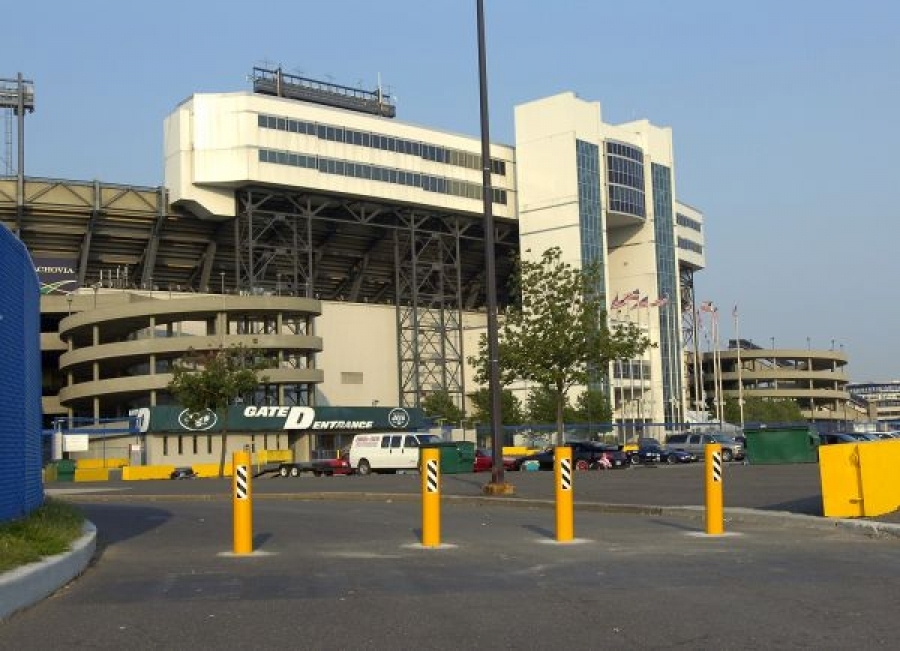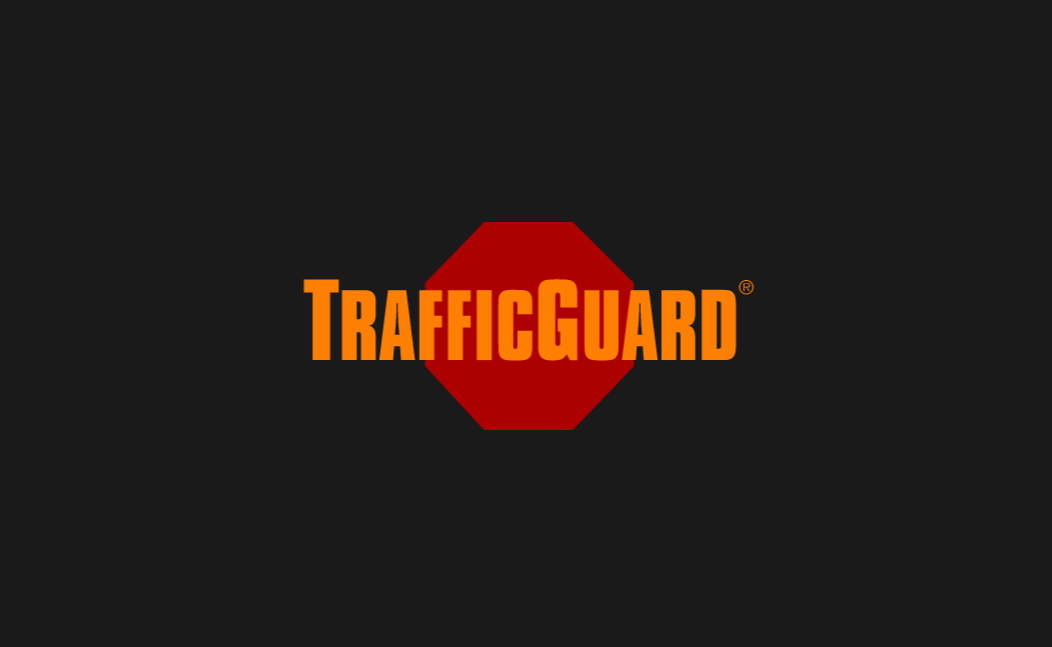Building Impact Protection
Security Bollards: Frequently Asked Questions
Post by
Trafficguard
Jan 8, 2021 12:00:00 AM ·
2 min
read
Security Bollards: Frequently Asked Questions. What standards are there for bollards in the United States? Vehicle Barriers, specifically bollards, are available in multiple levels of strength and engineering. The vast majority of bollards sold in the US are supported by very limited, if any, engineering analysis. Many bollard installations often fall under industry ‘best practices’ both in the type of bollard used and in the bollard installation process. There are few code requirements across the US that deal with security bollards. Many requirements are specific to local municipalities and are arbitrary. Fire codes are among the most commonly seen requirements. There are also various guidelines for pavement striping, location and proper spacing of bollards. There are two meaning vehicle barrier test standards at the present time; ASTM 2656 and ASTM F3016. Both address different levels of protection and while each is very comprehensive there has been limited adoption by government agencies in existing planning and zoning code requirements. There is also limited guidance on selection of the correct bollard for an installation and the proper placement of the security barrier itself. Although TrafficGuard®, Inc. can assist with this process, the purchaser is ultimately responsible for the proper selection, placement and installation of the bollards. Contact sales@trafficguard.net to learn more about these standards and the bollard solutions we have available. Are TrafficGuard® bollards rated? Yes and no. TrafficGuard®’s standard product line was developed over time based on the static load strength of common pipe sizes (3.5”, 4.5” and 6.625”.) This type of bollard is ideal for many situations and provides a degree of vehicular protection. This strength, however, doesn’t translate into a dynamic rating. Ratings are achieved by installing and testing a bollard to a particular standard at an accredited testing facility. TrafficGuard® became the first bollard manufacturer to test to ASTM F3016 and since that time has invested heavily in testing removable and fixed bollards, having run 28 bollard crash tests to date. TrafficGuard®, Inc. offers ASTM F3016 removable and fixed security bollard solutions at 10, 20 or 30 MPH. What spacing should be used between perimeter barriers? As mentioned previously, there is no hard adopted standard for bollard spacing. That said 4’ bollard post edge to bollard post edge is a common recommendation. What finished are available? TrafficGuard® bollards are available in carbon / powder coated steel, 304 stainless steel and galvanized finishes. Should my fixed bollard be filled with concrete? We do not recommend it. While filling a bollard with concrete can strengthen a fixed post bollard, preventing or minimizing bending if hit a very low speed, it can also prohibit natural failure and if struck hard can cause a complete failure of the bollard itself. We tested a schedule 40, 4” bollard at 20 MPH at The Texas Transportation institute in College Station, TX and our suspicions were confirmed. Can I use a bollard cover with my bollard? Bollard covers are a commonly used item to help ‘dress up’ a bollard and give your security solution and desired look. Bollard covers can create issues if used with the wrong bollard – such as corrosion. That said, TrafficGuard® has tested S10 and S20 solutions with bollard covers. These particular models are galvanized to ensure a long bollard lifespan. How do I determine what bollard is right for my application? There a range of site specific factors that go into selection the right bollard solution for a particular application. As an example, if the concern is protecting pedestrians, a crash tested bollard may be advisable. If the application is to simply keep vehicles out of certain area or deter vehicle traffic that is another matter altogether. Other factors in bollard selection will include the location of the area being protected, adjacent roadways, ‘run-ups’ to a particular area and the potential for a vehicle gaining a high rate of speed. In many instances, TrafficGuard® may recommend another solution that we do not carry ourselves. Further, for many applications bollards may not be the best solution if the problem can be addressed by something less expensive like guardrail. What is a standard bollard height above finished grade? The industry standard is 36” above finished grade, this is also the height at which TrafficGuard® has tested its security bollard solutions.




